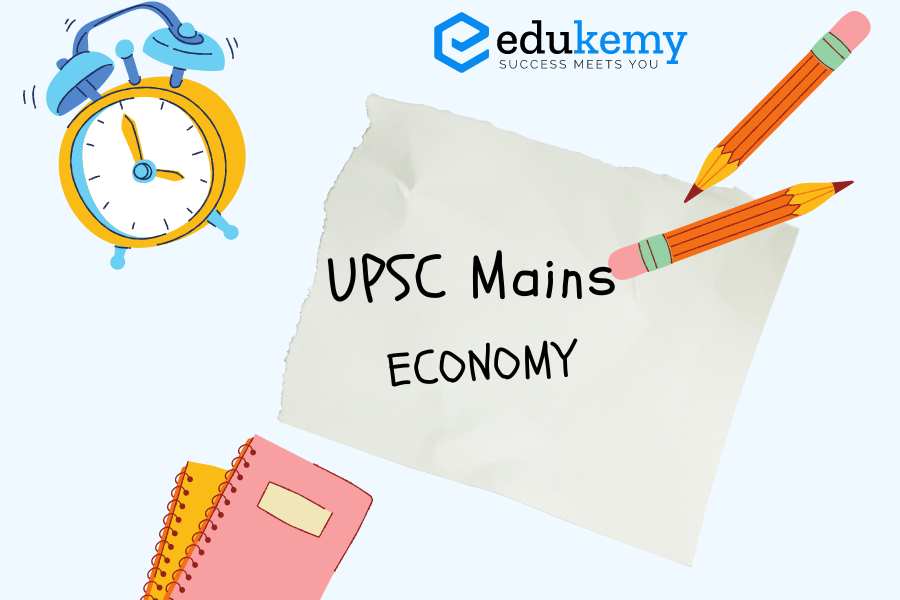
Contents
Introduction
Agricultural subsidies in India play a pivotal role as government financial aid aimed at uplifting farmers, augmenting income, reducing farming costs, and promoting agricultural sustainability. Constituting approximately 2% of India’s GDP, these subsidies are crucial for sustaining the agricultural sector, especially in developing nations like India.
Body:
Direct and Indirect Subsidies in the Indian Agricultural Sector:
Direct Subsidies
- Direct Benefit Transfers (DBT): Providing financial support of Rs. 6,000 per year directly into farmers’ bank accounts under schemes like PM-KISAN, eliminating intermediaries and ensuring full benefits for farmers.
- Input Subsidies: Implementing subsidies on fertilizers through schemes like the Nutrient Based Subsidy (NBS) to make key inputs like Urea and DAP more affordable.
- Credit Subsidies: Offering farmers loans at subsidized rates through schemes like the Kisan Credit Card (KCC), reducing financial burdens and facilitating investment in quality inputs.
- Insurance Schemes: Implementing the Pradhan Mantri Fasal Bima Yojana (PMFBY) to provide subsidized crop insurance, mitigating losses from unforeseen events.
Indirect Subsidies:
- Irrigation Subsidies: Supporting states in completing irrigation projects through government schemes like the Accelerated Irrigation Benefits Program (AIBP), covering up to 60% of total costs.
- Power Subsidies: Providing free or subsidized electricity for agricultural purposes in states like Punjab and Haryana, enabling cost-effective operation of tube wells and irrigation pumps.
- Transport Subsidies: Offering subsidies for transporting agricultural produce to markets through various state schemes, including the Rashtriya Krishi Vikas Yojana (RKVY).
- Seed Subsidy: Providing financial assistance for distributing foundation/certified seeds, and encouraging the production of quality seeds.
- Warehousing Subsidies: Supporting the construction of storage facilities through schemes like the Warehousing Development and Regulatory Authority (WDRA), minimizing post-harvest losses.
Concerns Raised by WTO on Agricultural Subsidies:
- Amber Box Subsidies: India contends that subsidies in the Amber Box, such as fertilizers, are essential for small-scale farmers.
- Export Subsidies: Criticism from WTO members like Brazil and Australia regarding India’s subsidies for agricultural exports, which may distort global prices.
- Domestic Support: WTO expresses concern about India’s Minimum Support Price (MSP) distorting trade by inflating exports.
- Public Stockholding: The WTO contests India’s large food grain reserves policy, particularly by the Food Corporation of India (FCI), for potential market price distortion.
Way Forward:
- Balancing Subsidy Models: Transitioning to a direct income support model, like Universal Basic Income, to provide financial safety without trade distortion.
- Investment in Agricultural Research: Increasing Research and Development (R&D) investment for high-yield and sustainable crop varieties to comply with WTO regulations.
- Multi-Stakeholder Consultation: Establishing a consultative committee involving farmers, agri-business representatives, and policy experts for ongoing WTO compliance discussions.
- International Negotiations: Leveraging negotiation skills in international forums to safeguard agricultural interests, as demonstrated during the Bali Ministerial Conference in 2013.
- Capital Investment: Emphasizing decentralized infrastructure development over monetary subsidies for storage, transport, and mechanization.
- Public-Private Partnerships: Involving the private sector in agricultural infrastructure development, offering tax incentives to incentivize investments and reduce post-harvest losses.
Conclusion:
While the WTO endeavors to streamline global agricultural trade, acknowledging the diverse agricultural landscapes of member countries is essential. India, with its unique challenges and opportunities, must engage in judicious negotiations at WTO forums to protect the interests of its agricultural sector.

In case you still have your doubts, contact us on 9811333901.
For UPSC Prelims Resources, Click here
For Daily Updates and Study Material:
Join our Telegram Channel – Edukemy for IAS
- 1. Learn through Videos – here
- 2. Be Exam Ready by Practicing Daily MCQs – here
- 3. Daily Newsletter – Get all your Current Affairs Covered – here
- 4. Mains Answer Writing Practice – here

